Would you like to see this aircraft in-game?
Where should this aircraft be placed?
- British TT
- Future Indian TT
- Other (Explain Below)
- I answered “No” on the first question.
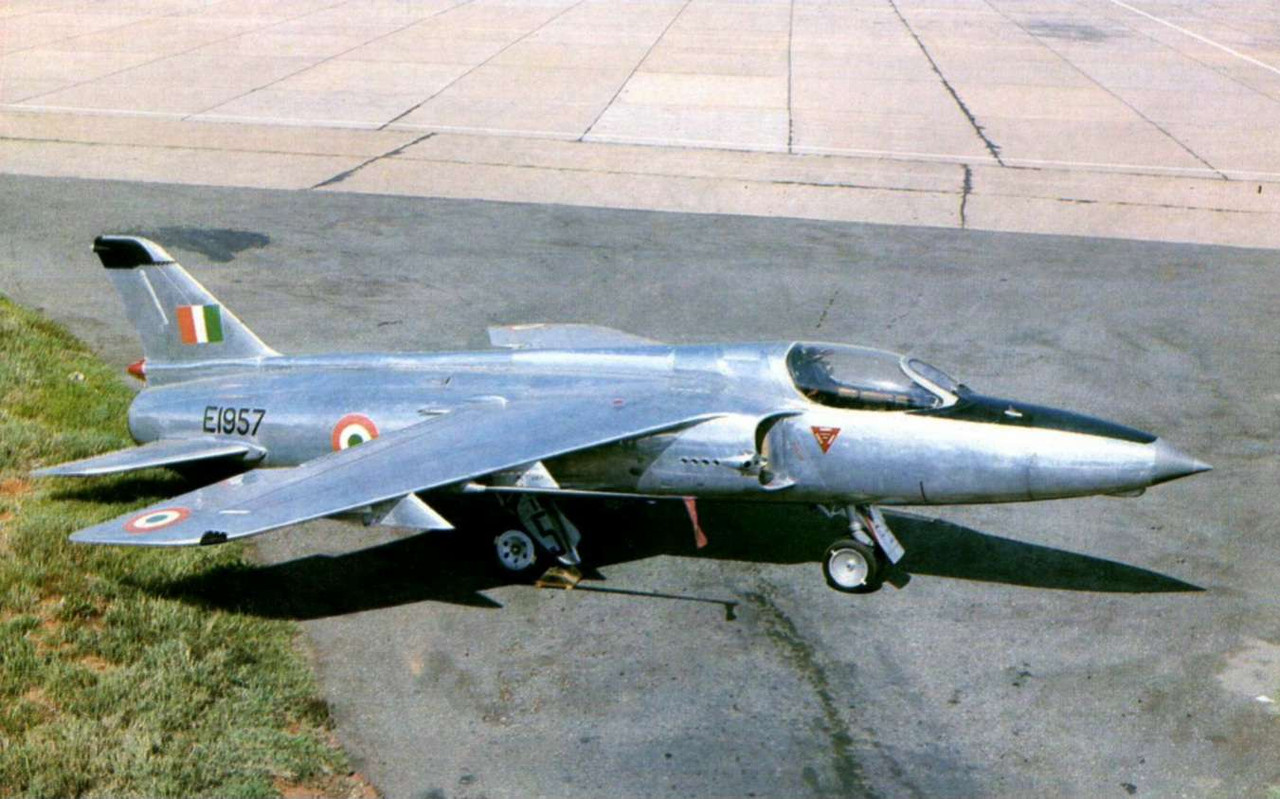
Introduction:
Being probably one of the smallest jet fighters to ever exist, the Folland Gnat is an amazing equilibrium between efficiency, performance and cost… today we won’t be taking a look at the Gnat itself, but a more obscure improvement over it, a plane made to resolve much of the issues it had, to make it a more capable fighter. This is no other than the HAL Ajeet , a plane developed by the Indian Company Hindustan Aeronautics Limited (HAL) during the 70s with all the learning experience from operating the Folland Gnat in peacetime and in war.
History/Service:
Born to be small:
Originally designed by British engineer Teddy Petter, the Folland Gnat was an aircraft that came with a different approach/concept to other fighters of the time, abandoning the tend for larger, more complex and heavier aircraft…for something smaller, lighter and simpler, that could also equal its larger counterparts in performance (although Petter would admit that the choices regarding the concept of his light fighter were created by the limitations the company had to develop more capable designs). The Gnat was a development of the “Midge” technological demonstrator, a private venture that managed to catch the eye of the British Government, who requested an order of 6 units for testing. Despite efforts from Folland, the RAF would reject this aircraft as a fighter (and later as an attacker) and only adopt it in very small numbers for training, this made the company desperate for any sale to try to “endure” the costs of the program.
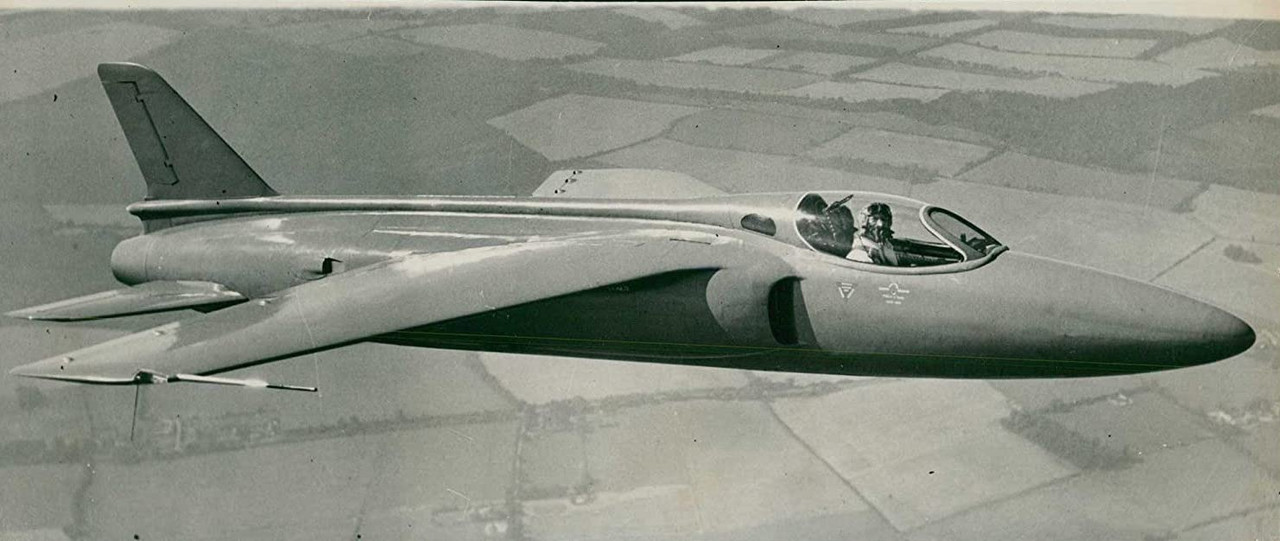
The Folland Midge on flight
On the look for solutions:
The Indian Air Force was interested in the introduction of a lightweight fighter since its creation, given the limited resources, infrastructure and technical capability to operate and afford aircraft common fighters, a lighter cheaper alternative was seen as a better choice. The state of the Indian Air force during the late 40s and early 50s was very complex, having a low number of airframes and in dire need to replace aging aircraft (like the spitfires or any ww2 remnants). Despite the introduction of the De Havilland Vampire in 1950 and the Dassault Ouragan in 1954, the numbers were still on the dozen squadrons and some of them continued operating with older aircraft (like with Spitfires Mk.IIX and IX).
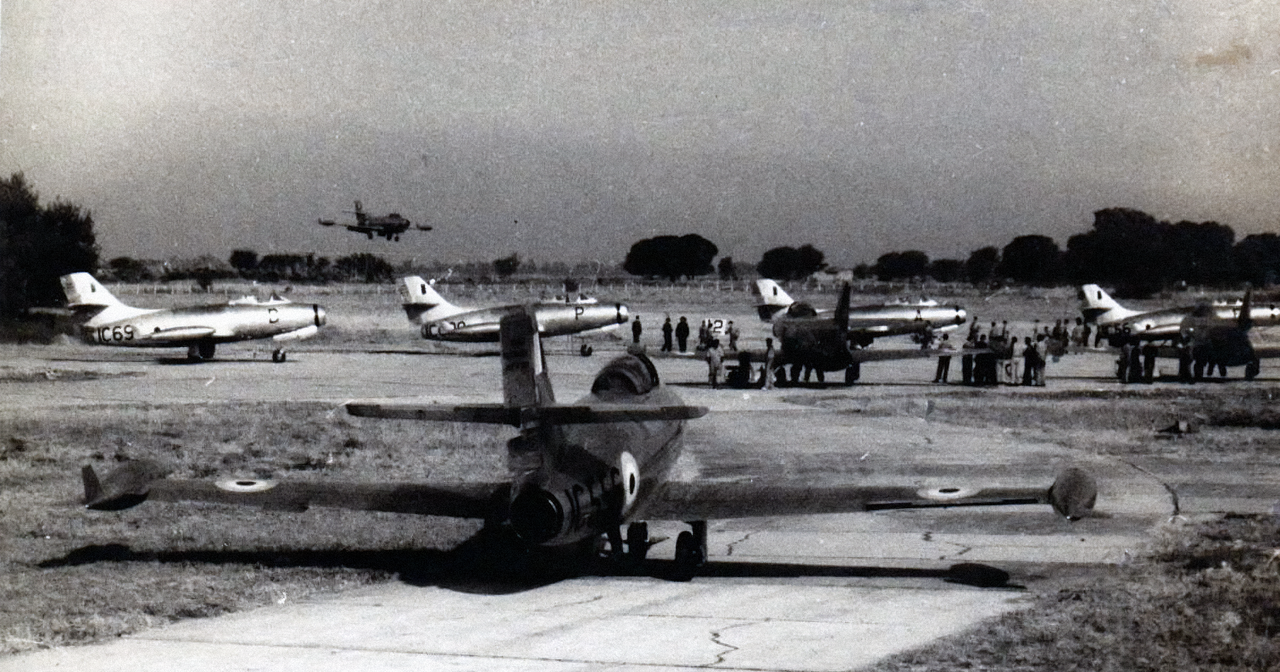
Dassault Ouragans of the IAF (among the first jets to be inducted to the IAF with the intent of improving capabilities)
The Indian interest on the light fighter would start as soon as the Midge took to the skies, this was observed while an Indian commission was sent to the Uk to evaluate the Supermarine Swift, while another team evaluated the Dassault Mystere(s) II, IV and IVN in France. With the Swift discarded, and the more convincing French aircraft selected, all the interest in the Uk changed to the Gnat project. The impressive performance given by the Midge caught the attention of the Indian team, that proceeded to evaluate the Midge itself (who became the first foreign team to fly it).
Despite some “friction” when initially evaluating the aircraft, as its creator wasn’t comfortable with selling the aircraft to any other than the RAF, negotiations ended up focusing on the Indian Deal (as the RAF rejected the aircraft). Folland would go “all in” on this deal, offering development and an ambitious plan to manufacture the Gnat in India, among other offers that would make the company grow. Sadly for Folland, the Indian Government had other plans…by this time Kurt Tank was already in India working with HAL for the “Marut” fighter, and the allocated budget couldn’t support 2 different programs’ at once.
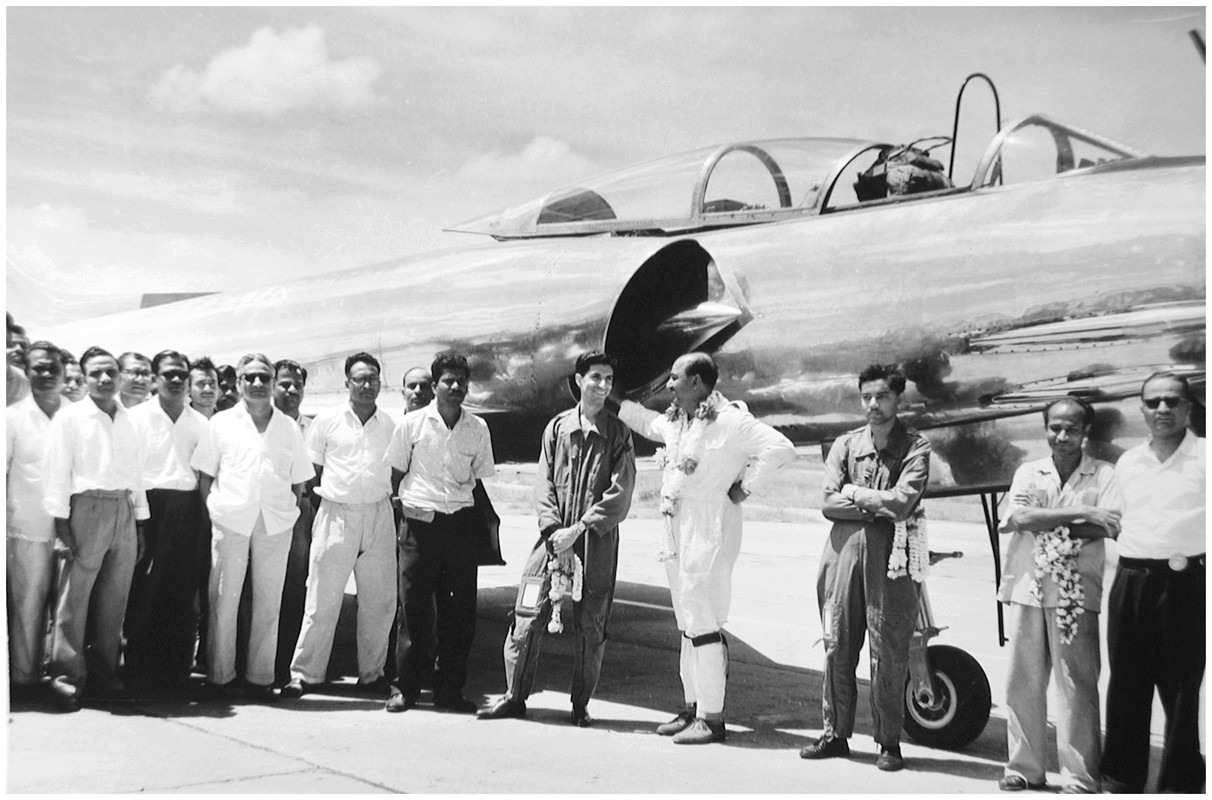
Pictured the Marut, the other program that was being worked at HAL under Kurt Tank’s guidance
On October 1955, it was announced that negotiations between the Indian government and Folland were an advanced stage for the supply of aircraft intended for evaluation, while also for the license production of the Gnat in India. The first examples for evaluation would arrive during the same year, and those would be assigned different roles to test… such as Weapons testing, engine development, flight performance and instrumentation. By September of 1956 the Government concluded the agreement to produce the Gnat under license, this was added to the original 23 first units and 20 kits of parts to assemble the aircraft.
Issues, trial and error:
The testing done by the Indian personnel revealed issues and problems on the light aircraft, said things required changes in components, maintenance and even in the design of the aircraft. Examples of this came in the form of problems with longitudinal control through the tailplane, with the system being unable to endure the forces required for service, excessive friction in the screw jacks (this would require more maintenance than what was expected by Folland), contamination of the Hydraulic fluid by the dusty Indian conditions, issues with the Magazine of the 30mm ADEN cannons, major issues with hydraulic power among other problems.
Some of this issues were able to be resolved, like changing components for more reliable ones, increasing maintenance inspections/overhauls or in the case of the guns…reducing the ammo count of the magazines. Others would require a lot more work to be properly solved.
Production and initial service:
Squadrons would start to receive the Gnat in 1960, the 23rd squadron “Cheetah” would receive 6 Folland built examples as the first units to be inducted to the IAF. While the first squadron was training pilots and creating doctrine with the new aircraft, HAL was already preparing the manufacture of the Gnat at Bangalore, having assigned 20 engineers and assembly super intendants to Folland for a six month attachment/capacitation back in 1958. Even though some new buildings were built for the Gnat, most infrastructure was going to be reused from the Vampire assembly line that building its last examples (ceased in 1960).
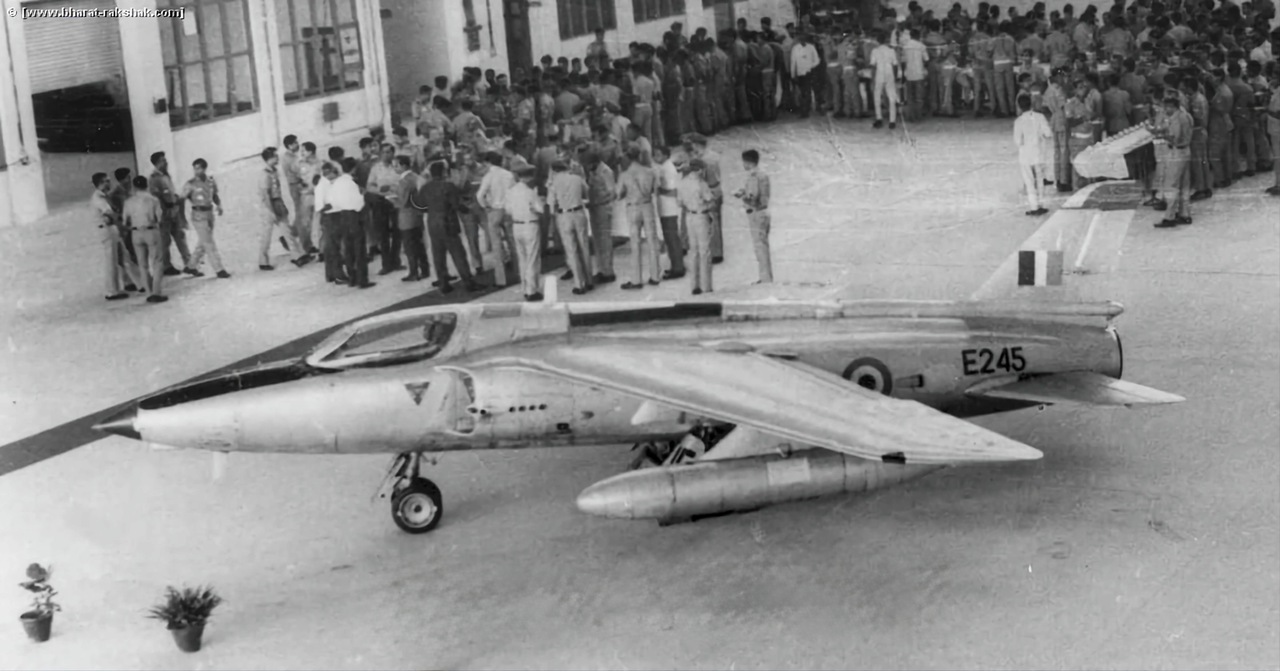
The First HAL produced Gnat
Initial examples of the Indian built Gnats came from the assembly kits sold by Folland, this first units started rolling out in 1959, while the first true production Gnat (license) flew in 1962. The early years of the Gnat were slow and a bit complicated, as more issues would came up… but most were eventually fixed with time and the expertise of both the Indian and British Engineers, although this required an extensive campaign of maintenance on the aircraft. By 1963 full production of the “Gnat Mk.1” was achieved, with the IAF placing an order of 100 units (+ the 43 ordered to Folland). By 1964 the IAF had 3 squadrons of the Gnat, with another in formation. It was in 1965 when tensions with neighboring Pakistan erupted in war, HAL tried their best to accelerate the numbers during the 3 weeks of the conflict, producing 16 more Gnats.
The Gnat in Battle:
Initial operations saw the Gnats achieving 2 quick victories against the PAF F-86 Sabers, while the Mysteres conducted CAS (close air support), the Gnats provided air cover against other threats, this escort missions not only were for the Mysteres, but also for the Canberras. The Gnats saw themselves engaging F-86 Sabers in almost all engagements they had during the 1965 war, while also crossing its path with the more advanced F-104. The performance of the aircraft during the 1965 conflict was notable, up to the point where the Gnat was regarded as a potent foe when it came to close engagements, in the end the type scored a number of air kills, in those 7 F-86 sabers (thus why it was given the nickname “Sabre Killer”) while it loosing 2 units in air combat and another 2/3 to AA fire and mechanical failures. Its worth noting that 2 units of the Gnat Mk.1 were captured after landing in enemy territory by accident, the examples were eventually evaluated and studied by the Pakistani Air Force.

Gnat and Mystere
Post war changes:
As Hostilities came to an end, a new type of aircraft was introduced to the IAF, this was no other than the Mig-21 “Fishbed”, an aircraft that in most aspects, was considered way superior to the Gnat, although in cases of training engagements between the two, the Gnat proved to have an edge in close dogfights, as it was more nimble than the Russian plane. Despite another order for Gnats post conflict, by 1968 the IAF had inducted 6 Squadrons of Mig-21F, this aircraft took the role that once was carried by the Gnats (Air defense), the Gnats would retain the air defense role, but more limited, and they would also serve more as close air support platforms.

Pictured the first Mig-21s to be inducted into the IAF inventory, this was the aircraft that “replaced” the Gnat in the Air-defense role.
Its worth noting that during this time, the proposal for a “Naval variant” of the Gnat came along, something that was certainly studied, but given the poor endurance and overall limitations regarding weight and strength of the airframe/undercarriage, this whole proposal was dropped.
The Gnat in Battle (again):
The Gnats were once again called to battle in December of 1971 against the same adversary, this time, the light fighter was no longer responsible of the aerial superiority over the battlefields, and it was relegated to “point defense” in bases or tactical areas, with a more “secondary air support role”, still they saw service flying combat air patrols over most major air bases and became an important part in repelling attacks a low altitude.
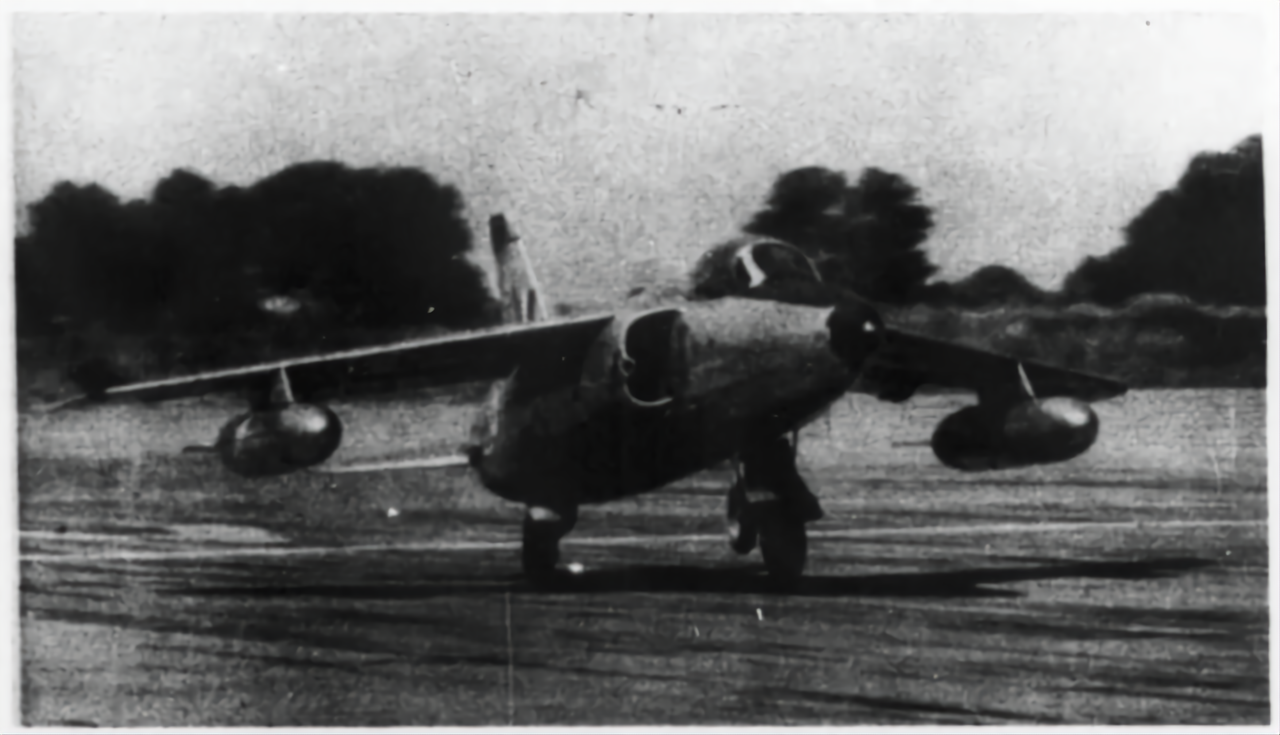
Gnat pictured during the 1971 conflict
In this conflict the gnat would encounter a brand new foe in the form of the Mirage IIIE/V fighter bomber, despite encounters being rare, the PAF issued a warning “not to engage the Gnats in dogfights”, its also noteworthy that during this time…the Gnat would clash again with its old adversary, the F-86 Sabre, with Gnats scoring more than 4 air kills against the Sabers and loosing one of their own. During this war the Gnats also saw use in ground attack, a lot more than in 1965, using rockets and bombs. This was the last combat action performed by the type while serving the IAF, closing the combat career of the aircraft.
“Unconquered”
After the 1971 war, it was obvious that certain aspects of the Gnat weren’t satisfactory and needed some sort of “fix” or improvement, this would kick off a program for a successor, originally called “Gnat Mk.II” (later to change to “Ajeet” that translates to “Unconquered”) the new improved version started development in 1972, and it was intended mainly for the ground attack role. Starting with two Gnat airframes to be converted for flight testing and static tests (E-1071 and E-1080), with time the first prototype of the Ajeet would take to the skies in March 1975…although this was a conversion from a Gnat and it didn’t have the full changes intended for the production Ajeet. The first production unit was given to the IAF on September 1976, with more during the subsequent years.

Ajeets in assembly line (1977)
Some of the notable changes/improvements between the Gnat and Ajeet:
-
Airframe: Structurally the Ajeet is no different from the Gnat, in efforts to avoid increases in cost, reduce performance and overall issues re-designing the aircraft, it was decided to keep the profile of the aircraft mostly unmodified, or as close to the Gnat as possible. Although the airframe was reinforced to take the modifications to the fuel tanks and wings.
-
Fuel tanks: A big upgrade came in the form of wing root fuel tanks (the so called “wet wing”) as well as underwing mounted drop tanks, this was something the original Gnat lacked (The Gnat had external tanks, but their use penalized the performance of the aircraft with all the drag they created, and they couldn’t be ejected).
-
Armament: With the elimination of the external tanks, 2 more underwing hard-points were added to carry more armament, the aircraft retained the x2 30mm ADEN Mk.2 cannons, its claimed that MATRA offered to homologate the Magic R.550 IR missile onto the Ajeet, but for not there is no proof of said works ever happening.
-
Control systems: The Gnat’s issues with longitudinal control were a complicated issue that was never fully solved on the, for the Ajeet it was called to replace the old actuator for a more modern and reliable unit, thing that brought a significant improvement over Gnat.
-
Avionics: Some of the much needed upgrades were done regarding avionics, the addition of VHF radios (made by Bendix, later to be produced under license at Bharat Electronics), IFF receivers (designed and made by HAL-Hyderabad division), all its old Distance/Direction measuring equipment was removed and replaced by newer BEL developed improvements. Another addition was the Ferranti ISIS 195 (ISIS stands for Integrated Strike and Interception System)
Production Ajeets would start being introduced to the IAF amid the late 70s and early 80s until completing orders in the mid 80s.
An “uneventful” end…
Despite delivering certain improvements over the original Gnat, the limitations of the design, its capabilities when compared to other weapon systems already in the IAF inventory and lack of support by the government ended up terminating the program and retiring the type in 1991, until that point 89 Ajeets had been manufactured (including conversions) and they had served with 4 squadrons (22nd, 18th, 9th, 2nd)
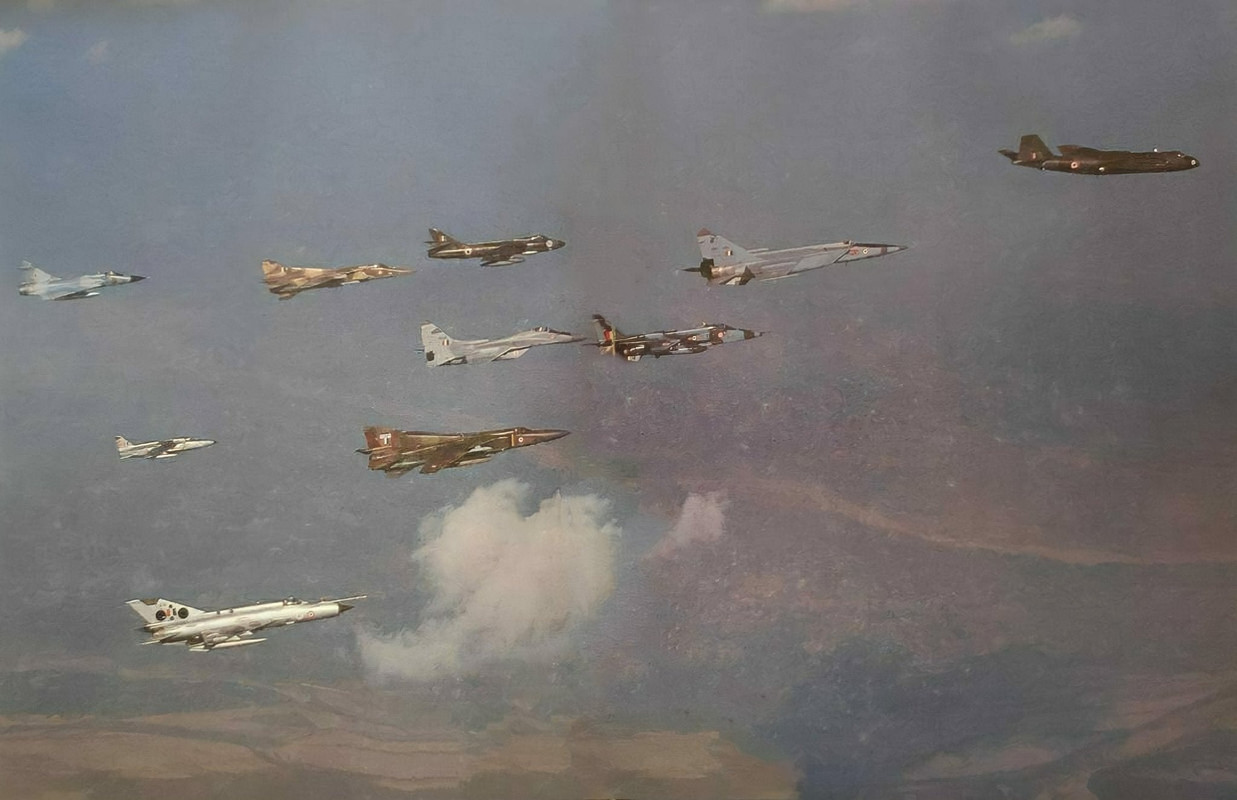
A picture taken during the late 80s or early 90s, showing most aircraft models the IAF had in service, between them…the Ajeet (there aren’t a lot of pictures of it during its last years)
Specifications:
Spoiler
Crew: 1
Dimensions:
Length: 9.06 m
Wingspan: 6.75 m
Height: 2.46 m
Wing Surface: 12.69 m2
Weight:
Empty weight: 2050 kg
Gross weight: 3539 Kg
Max takeoff weight: 4173 kg
Engine: TJE/HAL/Bristol Siddeley Orpheus 701-01 Turbojet
Power: 4500 Lbf of thrust
Performance:
Max speed: 1152 Km/h (Sea level)
Service ceiling: 13700 m
Range: 172 Km (Combat)
Armament:
Spoiler
When it comes to armament the Ajeet does have some more than decent choices, even for its size.
Internal Armament:
x2 30mm ADEN cannons (118 RPG) (refer to 1 in pic)
Suspended armament:
The Ajeet had x4 underwing pylons to mount up to 900kg of a variety of bombs, rocket pods, external fuel tanks among training equipment and other stuff.
Here we can see listed a few of said armament:
- Matra Rocket pods models 155 and 116 - 68mm SNEB type rockets (3)
- Russian made UB-16 and UB-32 rocket pods - 57mm rockets (5 & 6)
- General propose bombs (2 & 4)
- Matra T-10 Rockets (unconfirmed, but probably inherited from Gnat)
Its mentioned that the aircraft was to receive the capability of firing the MATRA Magic R.550 missile, but this as far as my research went, is unconfirmed.
Images:
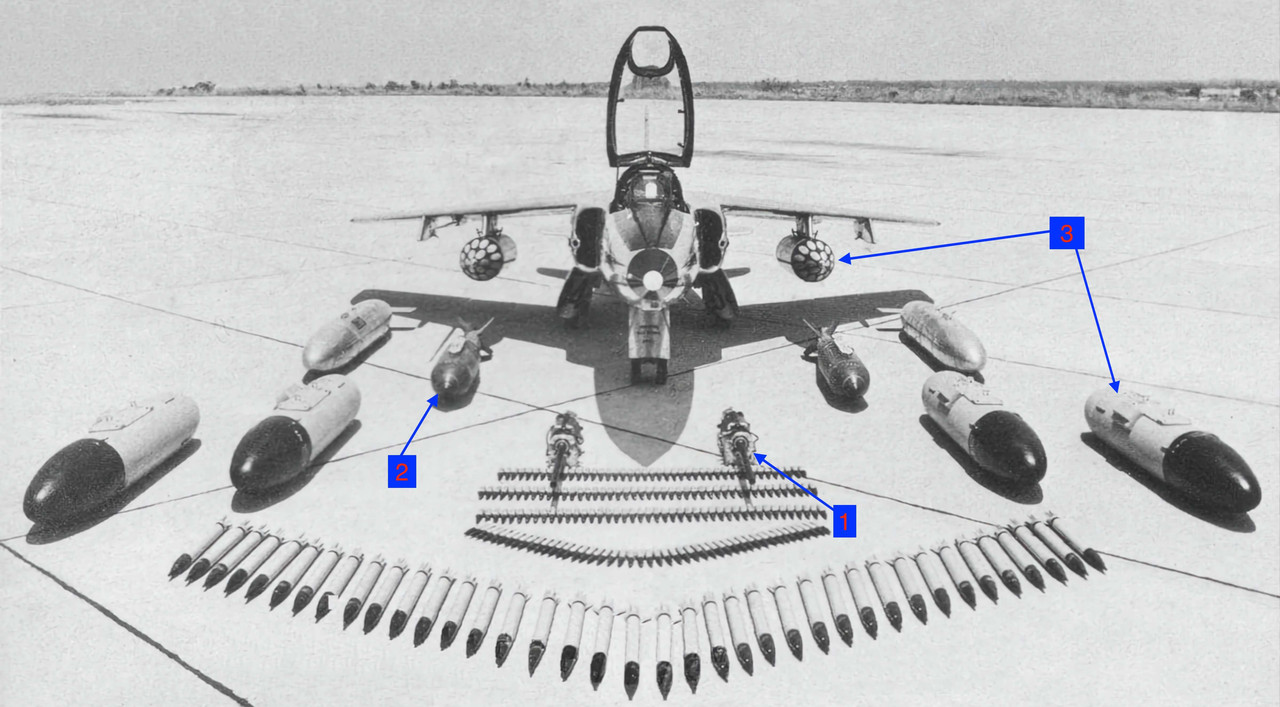
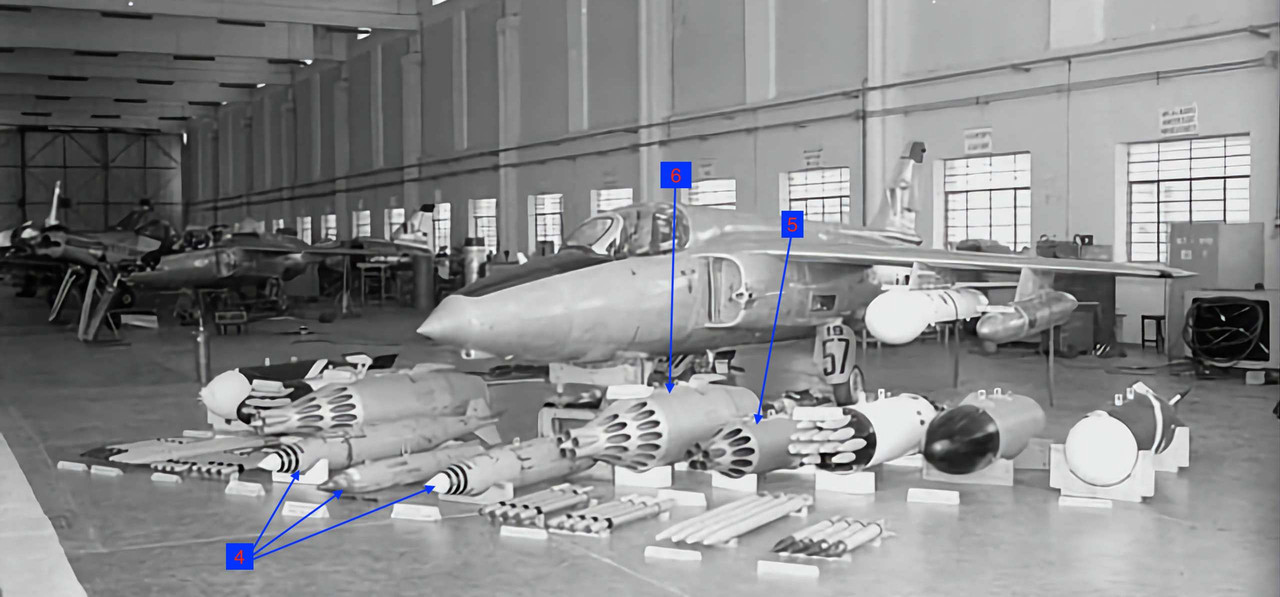
Other systems:
Ferranti F195 ISIS Weapons sight
BEL IFF Mk.10
Bendix/BEL VHF
Images:
Spoiler
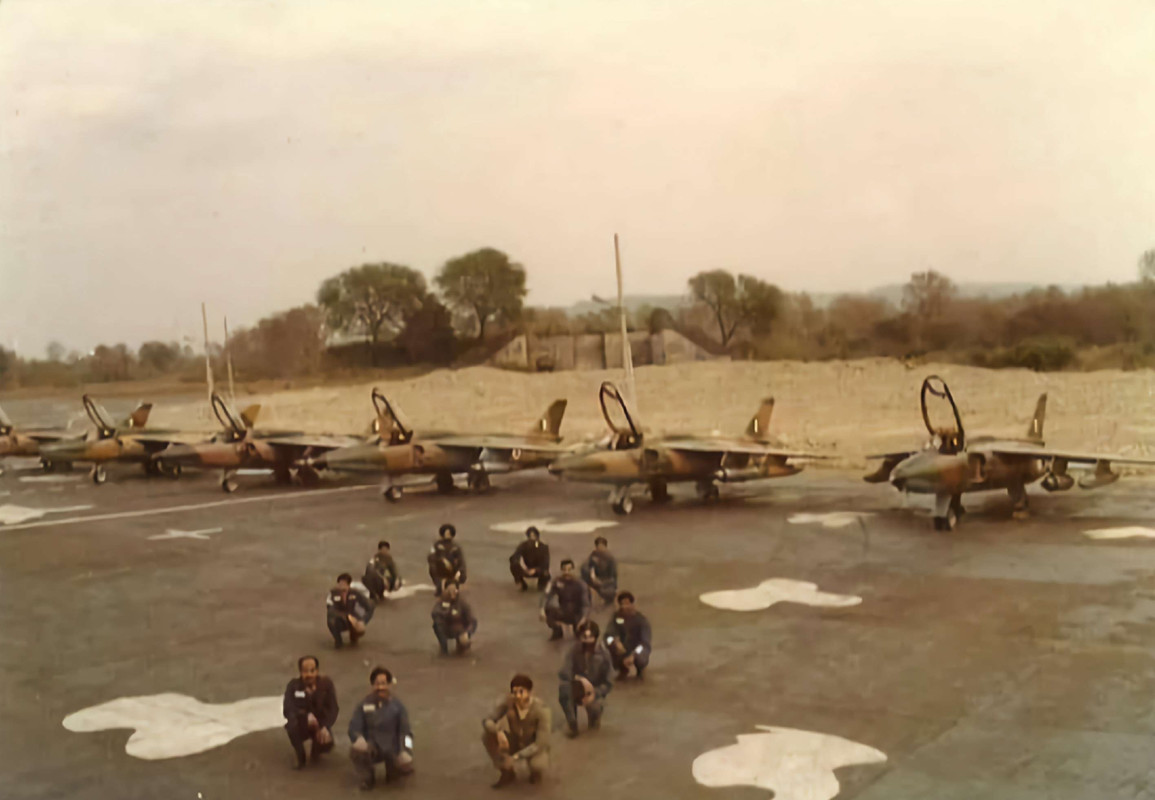
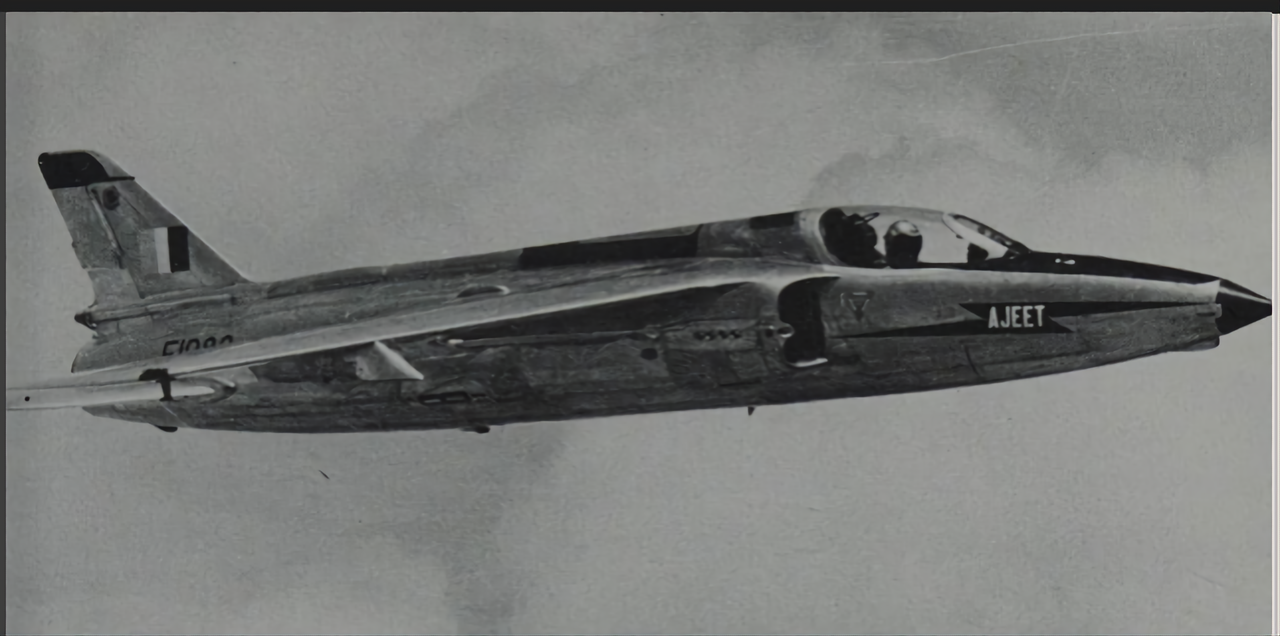
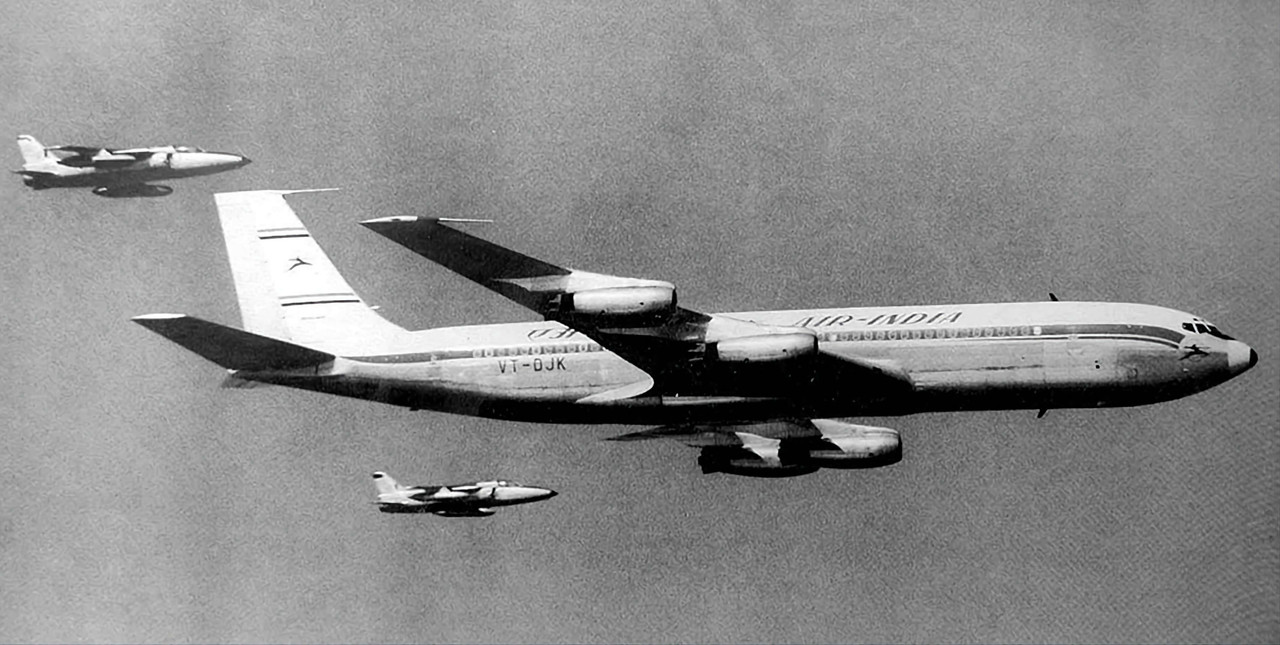
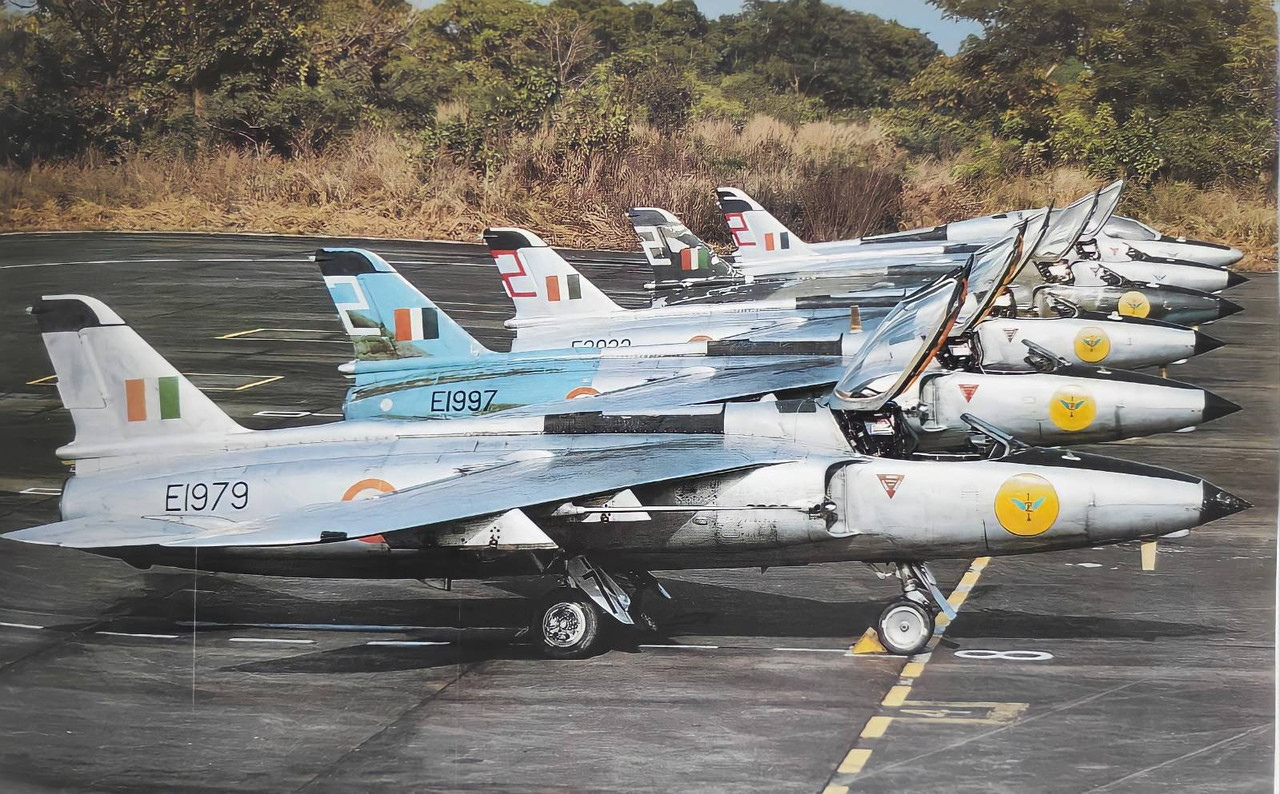

Sources:
Spoiler
Books/Magazines:
Combat Aviation Flight Path 1968-2018 - Kishore Kumar Khera
Indian Arms Bazaar - Narain/Partap
Janes International Defense Review 1977
An illustrated guide to modern fighters and attack aircraft - Bill Gunston
Air International magazine - August 1974
Sites:
Industria de la aviación militar de la India: lnnovación sacrificada y las lecciones que deben volver a aprenderse.
HAL Ajeet - Wikipedia
https://www.baesystems.com/en/heritage/gnat
Indian Aviation - HAL Ajeet, the Folland Gnat Mk II. EDIT: 1965 war IAF documentary on page 6 - Team-BHP
Bharat Rakshak – Vayusena
https://rochesteravionicarchives.co.uk






















